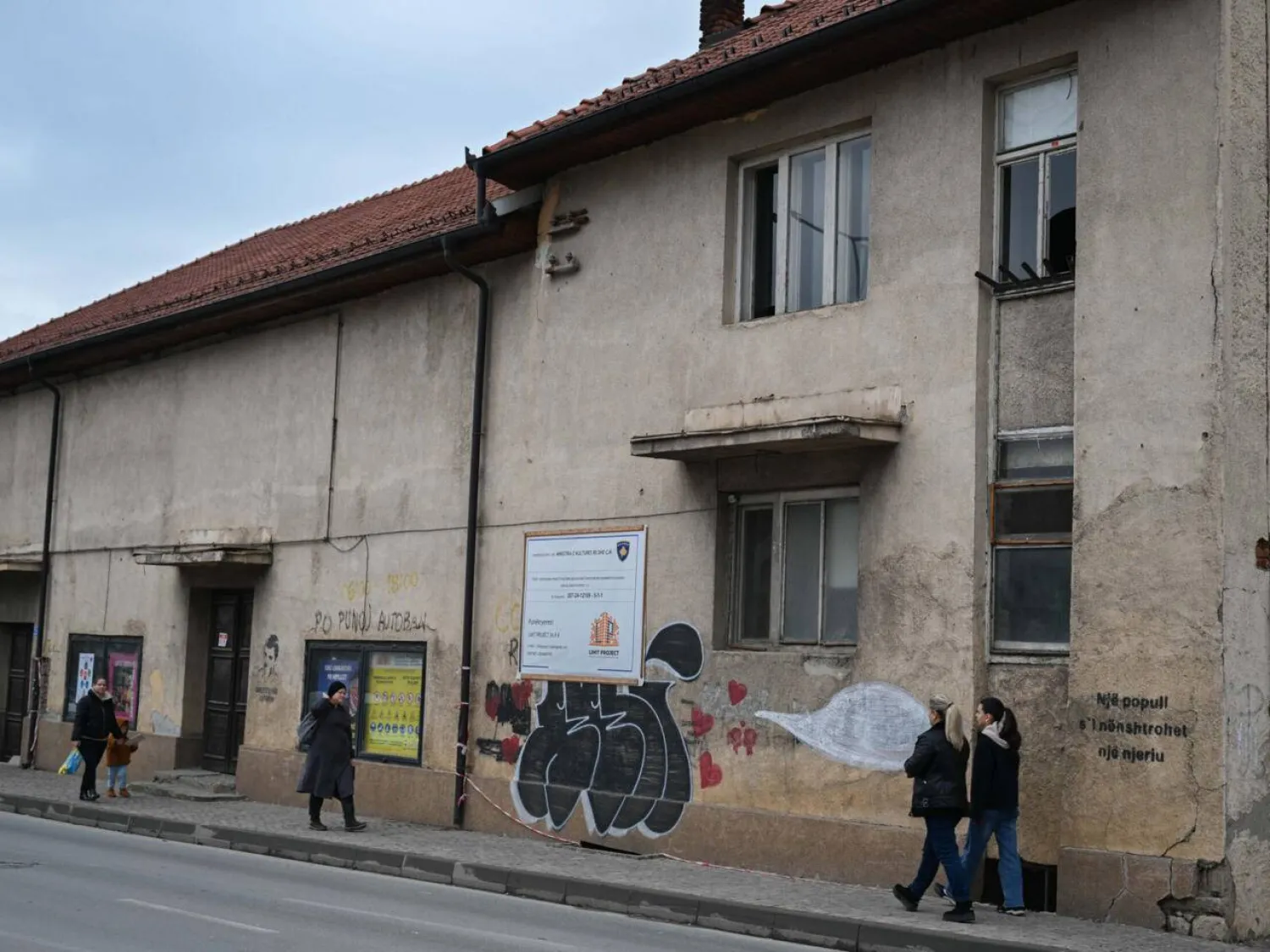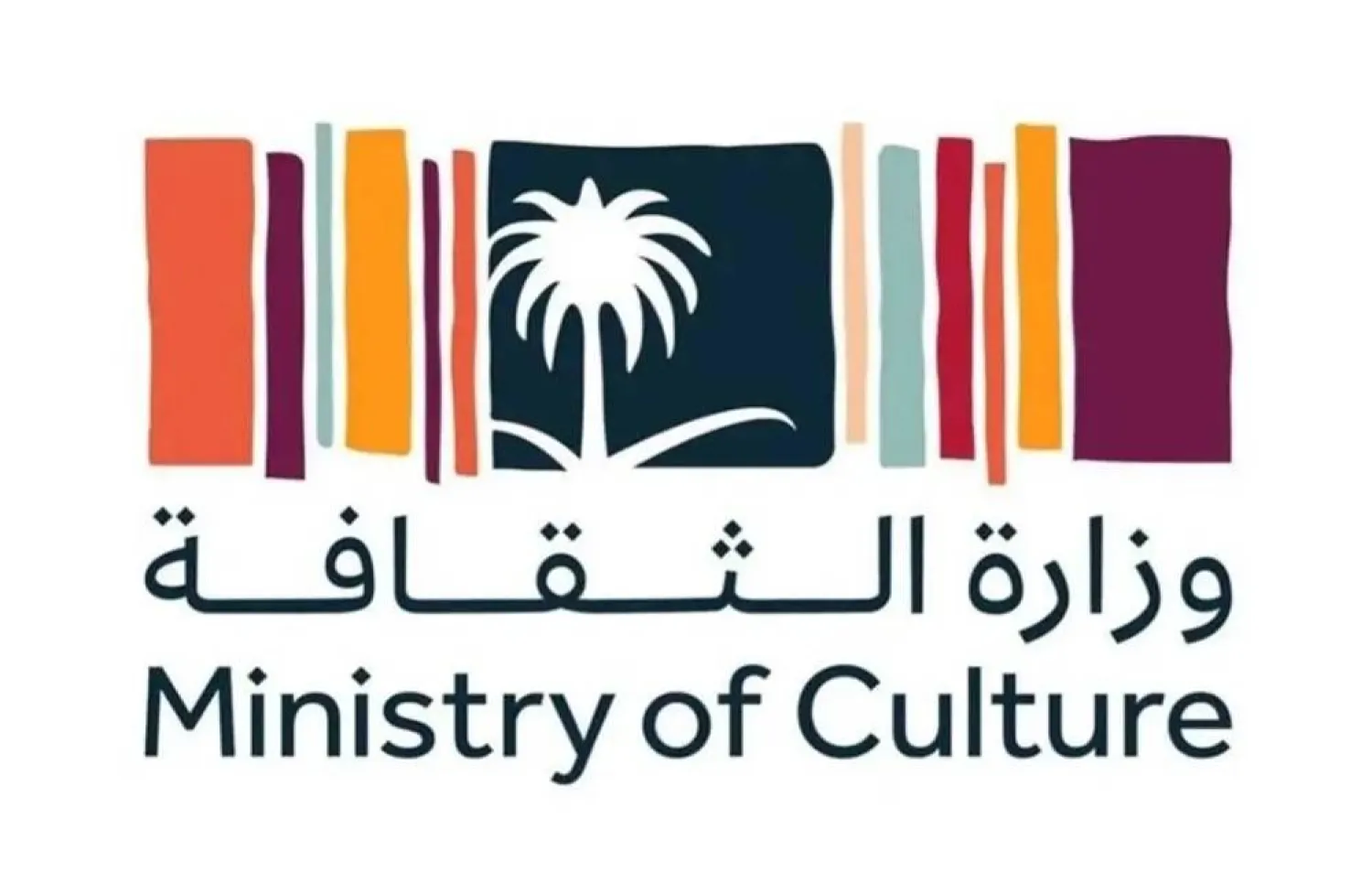Saudi Fund for Development (SFD) Board of Directors Chairman Ahmed bin Aqeel Al-Khateeb laid the foundation stone on Monday for the construction of the new library at the University of Sarajevo.
The important project is being funded through a generous $22 million grant provided by Saudi Arabia through the SFD, reported the Saudi Press Agency.
Present at the ceremony were Minister of Foreign Affairs of Bosnia and Herzegovina Elmedin Konakovic, Prime Minister of Sarajevo Canton Nihad Uk, Saudi Ambassador to Bosnia and Herzegovina Osama bin Dakhil Al-Ahmadi, Rector of the University of Sarajevo Prof. Dr. Rifat Skrijelj, Deputy CEO of SFD Eng. Faisal Al-Kahtani, and other officials.
The new library will act as a central hub to connect the university’s 28 sub-libraries, and will help boost its educational and research capabilities. Covering an area of 13,590 square meters, it will be equipped with the latest technology and digital learning tools, helping to future-proof the university, and allowing it to better meet the needs of its students.
More than 22,000 male and female students, 1,618 staff and faculty members will be able to access the new facility.
Additionally, the library will play a key role in supporting the advancement of the university’s research and innovation capabilities, while helping build the research skills of students and graduates. It will also contribute towards realizing the UN Sustainable Development Goals, specifically SDG 4, Quality Education, and SDG 10, Reduced Inequalities.
Al-Khateeb stressed: "This project reflects the strong and lasting developmental ties between Saudi Arabia and Bosnia and Herzegovina, which began three decades ago. We are confident that the new library will help meet the needs of both male and female students at the University of Sarajevo, and the surrounding community."
Konakovic stated: "Thanks to a generous grant from the Kingdom, through SFD, this project has become the largest post-war investment in the infrastructure of our University. It will enrich our academic community, while reflecting the strong ties and mutual respect between our two nations.”
“The library will serve as a symbol of our joint efforts to promote education and advance knowledge, and as a place where generations of students and researchers can gather to contribute to the development of our society, country and wider region."
Uk said: "The building for which we are laying the foundation stone today is significant because it will also be the most visible bridge of friendship between Saudi Arabia and Bosnia and Herzegovina. We are grateful to Saudi Arabia for this investment.”
“The library is a symbol of knowledge, cultural upliftment, communication, and I believe that our cooperation and friendship will develop precisely in these directions in the future.”
During the past three decades, SFD has helped to fund 11 projects and development programs across Bosnia and Herzegovina, through soft development loans worth a total of $185 million.









